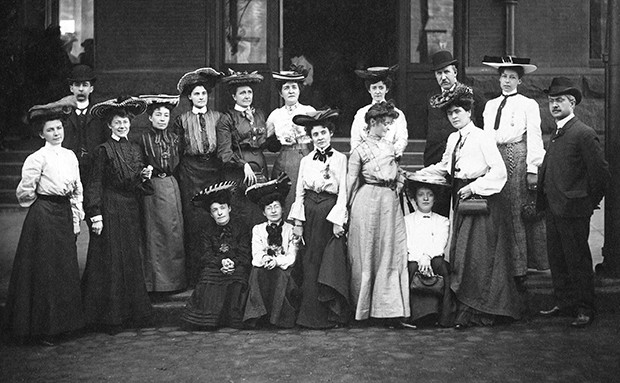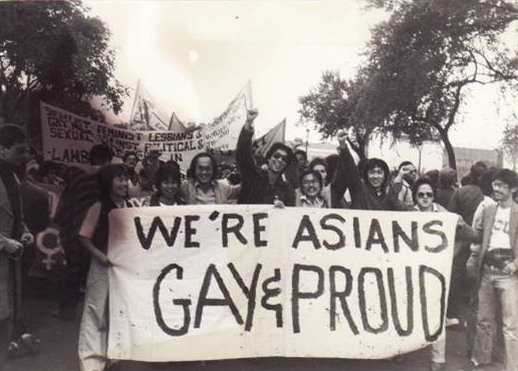Meet the team behind Museum of Toronto’s award-winning digital exhibition, Derailed: The History of Black Railway Porters in Canada.
Continue readingSaving Little Jamaica: In Conversation With Cadence Weapon
We Recently Sat Down (At A Safe Distance) With Award-winning Canadian Rapper And Writer Rollie Pemberton Aka Cadence Weapon, Who Wrote An Article In Hazlitt Titled Saving Little Jamaica.
Continue readingDiscussions and Resources
Derailed is a theatrical experience based on prominent figures and moments in the history of Black Railway Porters in Canada, presented through a contemporary lens.
Continue readingPorters’ Legacy
Ask an Elder: Indigenous and Immigrant Reflections on Canada’s History of Genocide
A part of Museum of Toronto’s Ask an Elder series with Elder Duke Redbird, a participant reflects with Duke on Canada’s history of genocide.
Continue readingMonologues of Women from The Ward
Experience The Ward through the lens of four resilient women whose stories contribute to the rich history of this former Toronto neighbourhood.
Continue readingBrought in Bondage: Black Enslavement in Upper Canada
Punk, Creed & Cree Métis On Queen West – Digital Walking Tour
Explore the counterculture of Queen West from ’77 to ’83 with a storytelling tour seen through the eyes of Cree Métis artists Rebecca and Kenny Baird.
Continue readingWigwam Chi-chemung In Conversation With Duke Redbird And David Crombie
A conversation between Duke Redbird & former Mayor David Crombie that reflected on Toronto’s history & Indigenous/Settler relations.
Continue readingThe History of Toronto’s Kit Coleman
At the outbreak of the Spanish-American War, Kit Coleman talked her way onto a freighter bound for Cuba and scooped every male war correspondent with exclusive info about the combat.
Continue reading


















